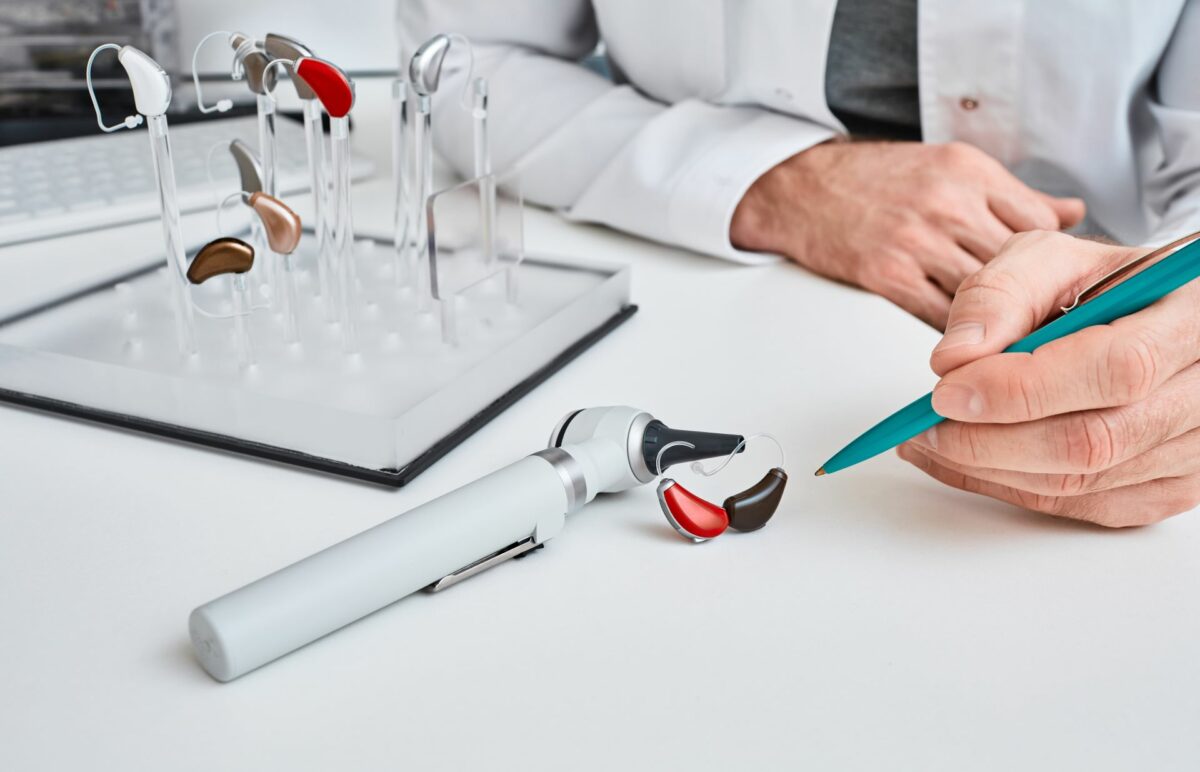Are you new to hearing aids? It can take some time to adjust at first, but once you do it can mean better connections with the people in your life at home and at work as well as greater confidence to try new things and go to more places. However, like most electronic things, hearing aids can have their share of complications. What else would you expect from tiny electronic devices which go just about everywhere you do?! To get the most out of your hearing aids it is helpful to know how to fix them. Here are some common issues you may experience with your hearing aids and how to fix them.
Issues with battery life
Whether you use replaceable batteries or rechargeable, every hearing aid needs a power source. As your hearing aids start to age one of the most common issues to occur are those concerning battery life. Replaceable batteries are more prone to corrosion from moisture than rechargeable, but both offer issues in humid climates or for those who sweat during activity. We suggest investing in a waterproof case to store your hearing aids. Some even double as a dehumidifier to remove moisture build up from your sensitive devices. In many cases you may have to clean the battery contacts with lemon juice and baking soda to remove any build up and get a more reliable charge.
Buildup of earwax and dirt
Hearing aids should be worn from the moment you wake up till the time you go to sleep. This means they take a lot of wear and tear and can gather a great deal of dirt and dust. This can gum up the works getting earwax and dirt trapped in delicate spots, compromising sound quality and performance. We suggest adding a regular cleaning routine at the end of the day along with brushing your teeth and washing your face. We offer hearing aid cleaning kits to wipe away dirt and earwax and picks to clean out vents, microphones and speakers. A regular cleaning routine can make a big difference in avoiding larger from developing.
Feedback
Hearing aids of the past were famous for awful feedback, squealing and whistling. Today, most hearing aids are digital which minimizes feedback by breaking soundwaves into clear steps. Still, at times hearing aids will cause feedback even today. This can be due to an unsecure fit, or friction. It is also often attributed to the wrong hearing aid program for the listening environment or the volume turned up too high. Be sure to schedule regular hearing aid appointments to make sure your hearing aids are still a good secure fit for you and your ears.
Sleeping
You wear your hearing aids from the moment you wake up till the time you go to sleep, but what do you do at night?! What if you need to hear an important noise in the middle of the night?! First of all, we suggest storing your hearing aids in a safe place—the same one every night if possible where they can be safe and be sure to be put in again in the morning. For rechargeable hearing aids, putting them on the charging port overnight ensures that they will be ready to amplify hearing throughout the day. To make sure you don’t miss alarms such as smoke or carbon monoxide detectors, many use a bed shaker, while others rely on the vibration setting on their smartphone as an alarm.
Volume Control
Hearing aids used to require a lot of adjusting, as we go from place to place. One room may be crowded and full of loud conversations, while stepping outside may be full of wind and weather. This can mean that a volume setting that worked for you in one listening environment may be too loud for another. We offer different listening programs for different environments from watching TV, driving, going to a party or your working environment. Some hearing aids even come equipped with machine learning which uses GPS location to remember your preferred volume and listening levels for different environments.
For more trouble shooting ideas for your hearing aids or to schedule a hearing exam, don’t hesitate to contact us today.

